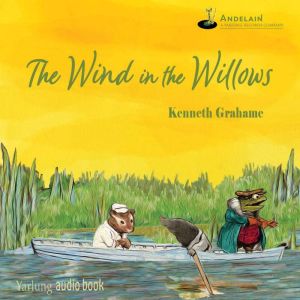

The Wind in the Willows
Author: Kenneth Grahame
Narrator: Bob Attiyeh
Unabridged: 5 hr 26 min
Format: Digital Audiobook Download
Publisher: Yarlung Audio Books
Published: 12/30/2021
Categories: Nonfiction, Literary Criticism
Synopsis
Kenneth Grahame first published Wind in the Willows in 1908. We will remember that our world looked very different in 1908. Argentina opened Teatro Colon in that year, the “finest opera house in the world,” to which Caruso, and later Callas would travel during the “summer season.” World War I was not yet on the horizon, or barely. We nostalgically portray the Edwardian period romantically. And indeed, Grahame captures this golden age of long summer afternoons and garden parties among the scenes and seasons of his precious novel. In the century leading up to the publication of Wind in the Willows, the British Empire had defeated Napoleon and the Pax Britannica endured and increased. In these past decades, Britain added 400 million people to her empire, and ten million square miles of land. England itself boasts only just over fifty thousand square miles. Think what that means.
Is Wind in the Willows a great children’s book? Or a serious allegory for adults? Or a novel containing some of the most sensuous prose in the English language? Since Wind in the Willows continues to captivate our imaginations perhaps the book’s power comes from its unique blend of all three of these qualities and more.
--Bob Attiyeh


